


Elite: Dangerous offers players a plethora of options for gameplay. Whether you want to fly off into the unknown to explore the vast emptiness of space, hunt down bounties for huge sums of credits, or even channel your inner pirate and smuggle goods between ports, Elite: Dangerous has something for you. In this short guide we will be looking at the backbone of Frontier’s economy, the wonderful world of trading.
At its core, trading is a painfully simple concept we are all used to in our lives through some medium or another. Going out to buy a bag of candy? Congratulations, you’re involved in the trading process. Elite: Dangerous doesn’t put you into the feet of a kid in a candy store though – well, unless you’re buying weapons and ship upgrades. Instead, you will be that delivery guy who no-one ever sees transporting the good to be sold.
Anyway, that’s enough warbling about what trading actually is. Time now to delve into the dark, cash-filled recesses of Elite: Dangerous.

Cargo space is everything. The starting sidewinder (and eagle if you pre-purchased) can carry up to 4 units but that’s not enough for the future. If you’re serious about trading, get your hands on a Hauler or Adder asap. Why? Well because they can be equipped with more cargo racks than the traditional starting Sidewinder. There can be almost no doubt that in combat the Sidewinder wins but when it comes to buying and selling goods, the two aforementioned ships are the way to go.
It can be tempting to upgrade more nimble or powerful combat vessels up the wazoo. They can be used for piracy and generally have more in the way of opportunities to protect your cargo. That being said, if you’re only travelling between a handful of space ports you’ve already discovered then you’ll likely be safer. Foregoing protection for a bigger cargo hold might sound a little crazy but the world of Elite: Dangerous isn’t all that dangerous.
Being able to carry more will also reduce your cost-per-unit in comparison to using a combat-focused vessel. After all you are trading here, anything that even slightly cuts into that profit is a bad thing. Carrying 12 units of Gold instead of 4 doesn’t just cut down the fuel cost per unit however. It also means you’ll be earning money quicker. The allure of a bigger ship or a combat craft is a hard one to mask, so getting that credit balance higher as quickly as possible can give you more freedom.
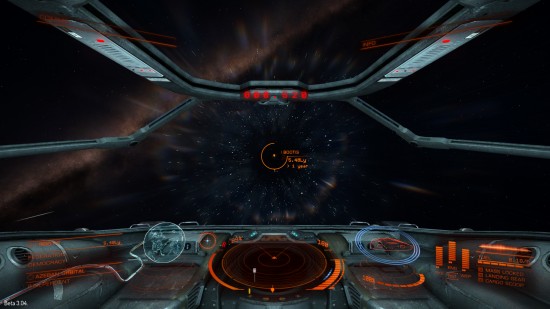
The heart wants what the heart wants. You’re going down the path of a trader in Elite: Dangerous, so you’ll be wanting to make a fistful of credits over anything else. The key in this pursuit of profit is knowing what each station wants. You might have a long-held fantasy of being a trader in precious metals or weapons. That doesn’t mean everyone wants them. Every space station has some sort of specialization. Don’t simply cast this off as a word in the description. Remember it and use it.
There are 5 varieties of station in Elite: Dangerous: High Tech, Refinery, Agriculture, Extraction, and Industrial. By the same notion, there are 13 different categories of products with a mixture of defined items beneath them. Working out which stations want which items is mindbogglingly important. If you come across a station that specializes in the refining of raw metals, buying these and selling them on to an Industrial station will – almost always – result in a profit of some sort.
One thing that has to be accounted for, however, is the law. Quite a few independent stations sell personal weapons. You’re flying around in a ship with guns so surely others would want guns right? Well, no. The right to bear arms is not recognized within stations. If you buy goods like these weapons or even alcohol, you need to be absolutely sure that stations will legally buy these. Should they be considered illegal though don’t worry, a little further through these tips you’ll find the answers you need.
Credit has to go to Commanders WarpSpiderX and Prometheus Darko of Elite: Dangerous who created this awesome graphic detailing what stations to buy and sell your goods.
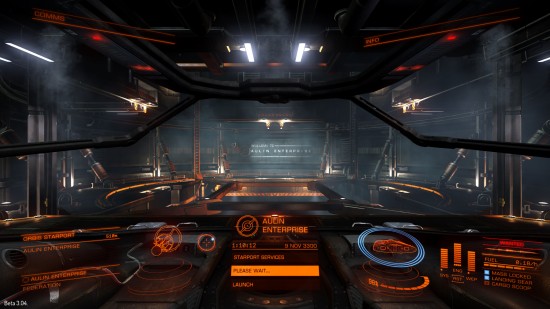
As a trader, you’ll spend 80% of your time studying the commodities market, 10% flying in and out of ports, 8% typing and retyping the names of that system you always spell wrong, and finally 2% scrolling through all of the other options in a space port. Wait, though, that last 2% is more important than you think. In Elite: Dangerous, random missions are made available to players who wish to take them on. As a trader, your mission is to grab these where you can.
While it is possible to obtain some pretty insane profits just by moving the right goods to the right places, Bulletin Board missions of Elite: Dangerous are gateways to easy money. There are more flavors than a good ice-cream shop but the only ones eyou’ll be interested in are the best varieties. The Chocolate, Strawberry, and Rocky Road of directives if you will. Missions that request you either ferry items from point A to point B or return to the port with supplies are a goldmine.
These often open up whole new trade routes too which can lead your trading operations into a shiny network just waiting to be bled dry. Most importantly, the profits that can be earned are (pun warning) astronomical in Elite: Dangerous‘ galaxy. They’re craziest when you start playing with metals. Palladium generally costs around 12-13,000 credits a unit. Find a station that wants you to buy some for them and you can sometimes see a 70 or even 100% profit.
I’d buy that for a dollar. Okay, credit in the case of Elite: Dangerous.

This is obvious right? Well, it is in capitalist societies. In the world of Elite: Dangerous, to succeed as a trader you’ve got to go where the supply is high. Yeah, you read that right, supply. High demand for items is always great to exploit. After flying around the great dark beyond for hours though it can be incredibly easy to forget which station really wants some water purifiers.
That’s why you take advantage of supply figures. In the Commodity Market, when a station’s got the goods it will also state how many they have. If you ever, ever see the word LOW in big orange letters after this figure, do not buy whatever they’re selling (disregard this if you’re on a Bulletin mission because dayum, dem profits). When it says MED then you’ll have to look deep within yourself.
Are you going towards one of the ports this station explicitly states it exports to? Take a gamble maybe. Otherwise, buying these is often speculative and leads to a loss as many times as it leads to a profit.
When you see those four wonderful letters saying HIGH in the supply column, you have my permission to buy. Pick up these items and take them to one of the listed exporting stations. As long as they are incredibly easy to obtain items like food cartridges, you’ll almost definitely see a tasty profit floating into your pocket.
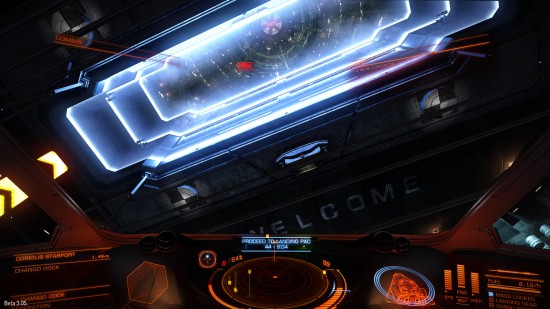
Right at the start of this guide we posited that you could be a smuggler in Elite: Dangerous, trafficking goods like drugs and weapons between ports. Throughout this whole piece though, these haven’t been mentioned. Why? It’s bloody hard, that’s why. The amount of barriers put in place against smuggling by some stations means to make any sort of money from this, you’ll have to be smart and fast.
The goods you’ll likely be smuggling in Elite: Dangerous sit neatly in the two aforementioned categories (drugs and weapons). While certain ones may not be illegal, personal weapons are almost universally seen as being the kind of item you’ll get a smacked bottom for trying to take into a station. You’ll often find these available for purchase at independent stations. Even tobacco is seen as illegal by some groups. Luckily, you can use the Galaxy and System Map functions to find out what you can smuggle.
Next on the list is actually getting in. If you approach a station directly from the front you’re a sitting duck for scanning. They’ll see what you’ve got in your cargo hold and fine or even blow you away for carrying a few leaves of tobacco. The best way to go about this is fairly simple but takes practice. Request docking and work out where the station’s main entrance is. Turn off all of your lights, then go into silent running mode and let loose a burst of speed.
This will often lead to you crashing into the side of a station if you’re not careful. With practice, you can sail the seven stars and smuggle your way to a huge wallet of credits in Elite: Dangerous.
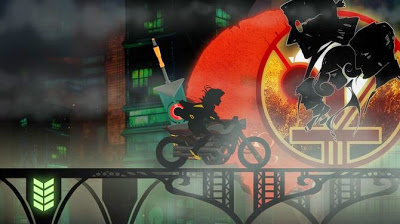



 How to Disable Facebook and Other Notifications in Chrome
How to Disable Facebook and Other Notifications in Chrome New Little Kings Story Review: You Come At The King, You Best Bring Bliss
New Little Kings Story Review: You Come At The King, You Best Bring Bliss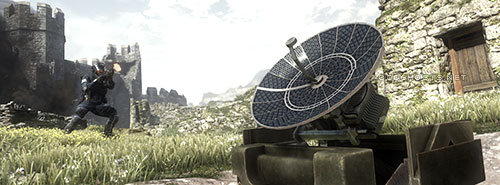 COD Ghosts Tip: Use Wiretap during launch month
COD Ghosts Tip: Use Wiretap during launch month How to Be a Freelance Video Games Writer, Part 32895
How to Be a Freelance Video Games Writer, Part 32895 4 Perfect Games To Introduce Your Toddler To The World Of Gaming
4 Perfect Games To Introduce Your Toddler To The World Of Gaming